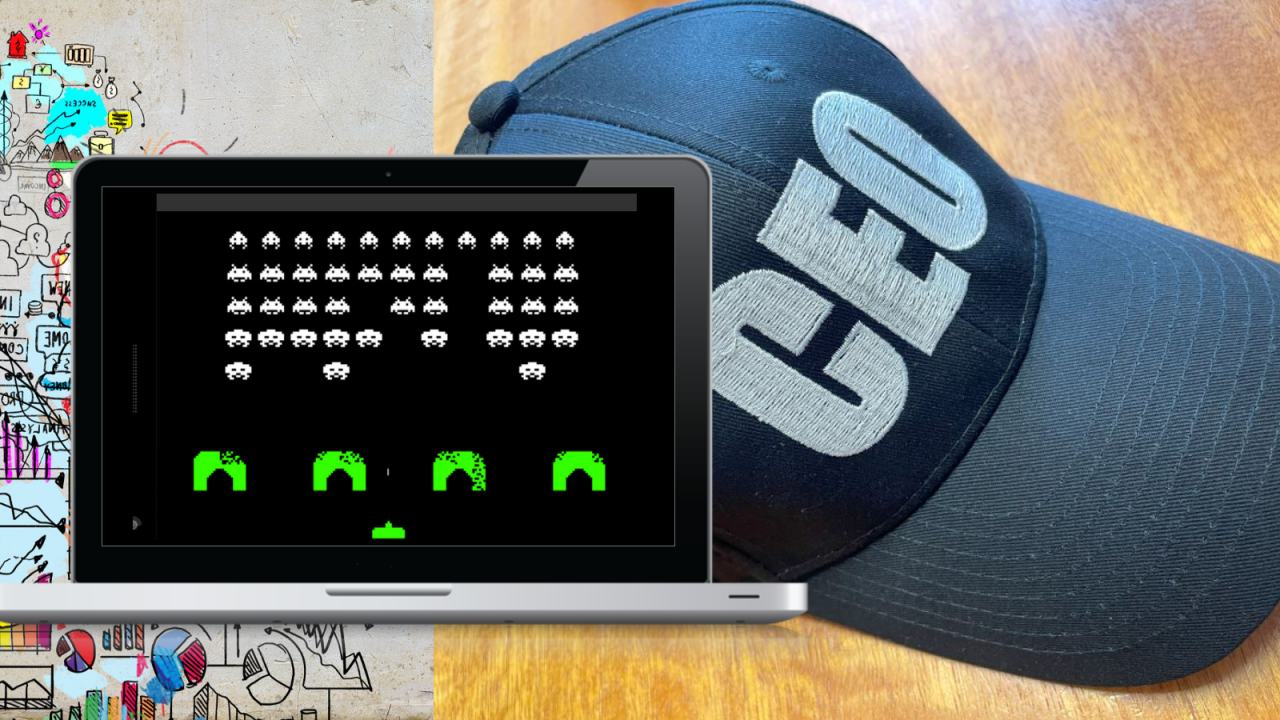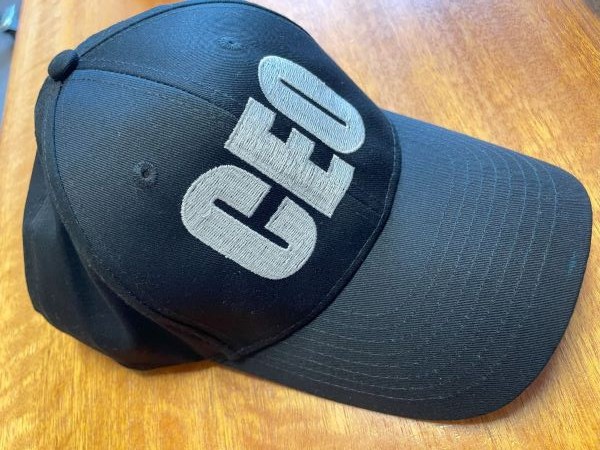
How To Use 1 Game and 1 Computer to Teach Hundreds of Students
I once played a game live with 350 middle school students in one room — playing together on one computer. It was an amazing experience with students yelling so loud I had to ask them to settle down (in a good way :-)
We were learning about entrepreneurship — together.
I repeated the same experience many times with various sizes and types of groups — teachers, young adults, underemployed individuals, and more. It always works well and the participants have an enjoyable and memorable learning experience.
And, I'm able to do it with 1 game and 1 computer with the entire experience lasting less than one hour. Although, I can choose to play much longer for a deeper learning experience.
Educators often worry about the time, technical challenges, and costs involved with adopting software games into their curricula.
But you can eliminate all of these concerns by following the methodology I'm going to describe here.
Here's how it works ...
Setup
- Start by finding a game that fits your training needs — this could be a popular video game designed for entertainment or a game designed for learning. Typically, the best games for learning are games that involve strategy and decision-making rather than fast action.
- Get access to run the game on your computer. If it has a fee, you only have to buy one copy.
- Choose a room with the ability to project your computer on a big screen. If you're doing a live video meeting, prepare to share your screen with participants. You will run the game for everyone to see.
Role-Playing Introduction
- Describe or show the game to participants and explain that they are your advisors and that you will seek their guidance as you play the game. For example, if playing a business simulation, you are the CEO and the participants are your senior management team. If playing a war-history game, you are the General and everyone acts as your military advisors.
- For more advanced play (which takes longer to play), you can assign groups of people to advise you on specific aspects of the game. For example, with a business simulation, you can have different groups for finance, marketing, and production. With a war-history game, you can have different groups for military, politics, civilian, intelligence, etc.
Play
- Begin playing the game.
- As you play the game, explain what is happening on screen as you pause to make key decisions.
- When making a key decision, ask your advisors for their guidance. Hold an open discussion. Present two choices at a time and ask for a show of hands to determine which option everyone supports. For example, with a business simulation, you can ask, "Should we raise or lower our prices — show of hands, how many of you think we should raise our prices?" If the majority votes to raise prices, then ask, "Show of hands, how many of you think we should raise our prices by more than $5?" Repeat this approach of offering two choices until you land on a decision.
- Alternatively, you can also use a polling app to collect feedback electronically — this is particularly useful if you have a very large group or a lot of choices that have to be made quickly. For the event with the 350 students, we had about 8 students sitting at different tables and each table had one audience response system, so the students at the same table had to collaborate to decide their vote.
- As you input a decision into the game, explain to students what the benefits and consequences of the choice may turn out to be. Normally, these benefits and consequences will already have been revealed during the discussion prior to making the final decision, but it's useful to repeat them summarized.
Repeat and Reflect
- Repeat the above process for each key decision.
- As you play the game and experience the consequences of the decisions made, highlight them for students to see and hold a discussion to reflect on the choices made.
- Consider occasionally pausing the game to take a deeper dive into specific topics of interest using other media (demonstration, video, lecture, etc). When doing this for youth entrepreneurship, I demonstrate how to greet someone with a proper handshake, how to hold a conversation at a networking event, etc.
- As you continue to play, you will see student confidence and opinions become stronger. This is a clear signal that they are engaged and learning.
Make Connections
- While playing the game, look for opportunities to make connections with the experience and your primary learning objectives.
Choose a Volunteer
- After you play the game for a round or two where the overall gameplay is now understood, ask someone to volunteer to be the leader. The new leader will take your role as the final decision-maker. You should continue to control the computer and the game software but the volunteer leader tells you what decisions to input into the game. Continue to facilitate the discussion by encouraging participants to offer their advice to the volunteer leader. It's always fun to see how the volunteer accepts this advice. Some will ignore advice while others may struggle to make a decision that pleases everyone. Play up this friction in a fun way.
- After the volunteer leader makes one or two rounds of decisions, ask another volunteer to take over as leader. Repeat this for as much time as you have. Include a discussion on the different leadership styles demonstrated by the volunteers.
- When I run a business simulation and have a volunteer take over the leadership role, I give them this hat to wear (they get to keep it as a prize):

Final Reflection
- When time is about to run out, do one final reflection on the overall learning experience.
Done! You have just hosted a live role-playing experience that is effective and memorable with just 1 game and 1 computer.
Receive this newsletter by email —
I'm Mathew Georghiou and I write about how games are transforming education and learning. I also share my experience as an entrepreneur inventing products and designing educational resources used by millions around the world. More about me at Georghiou.com